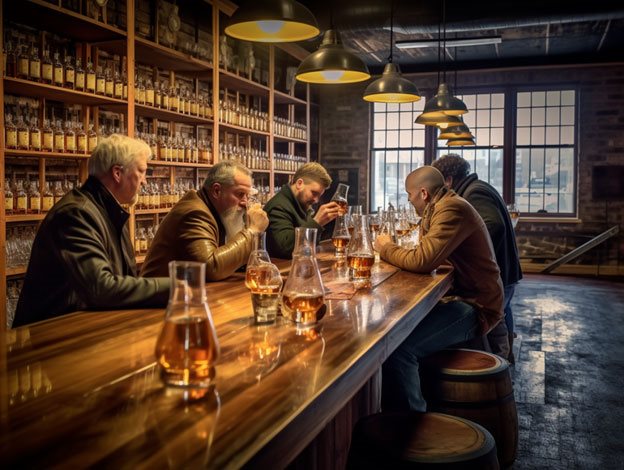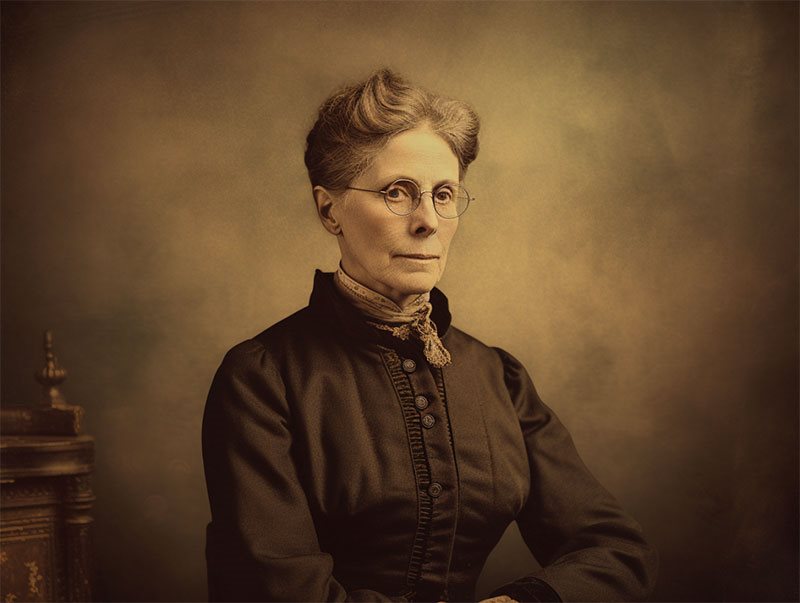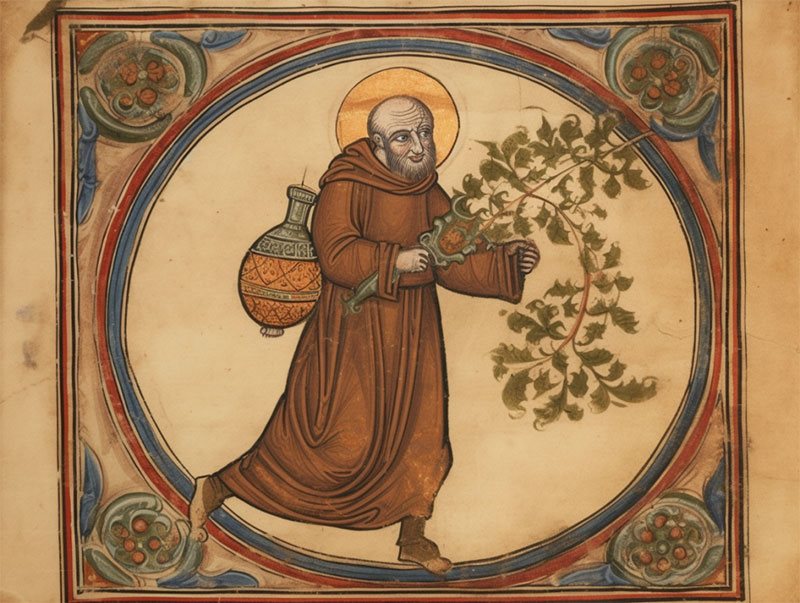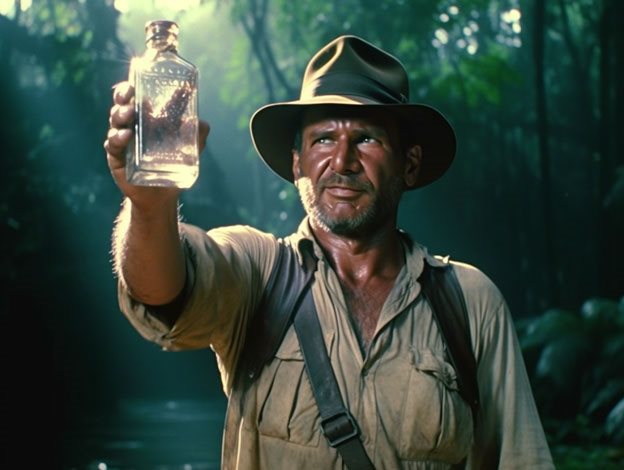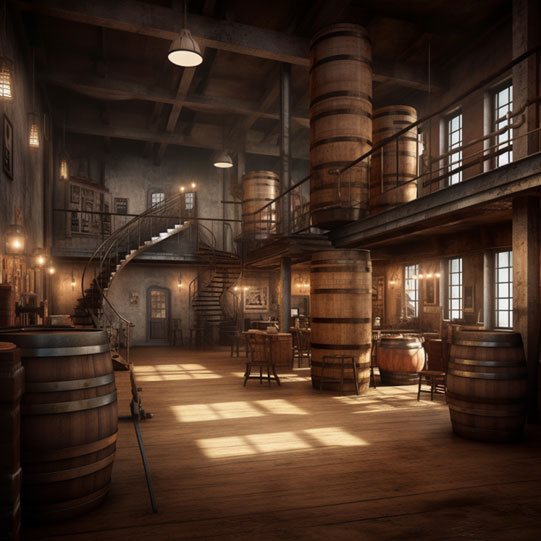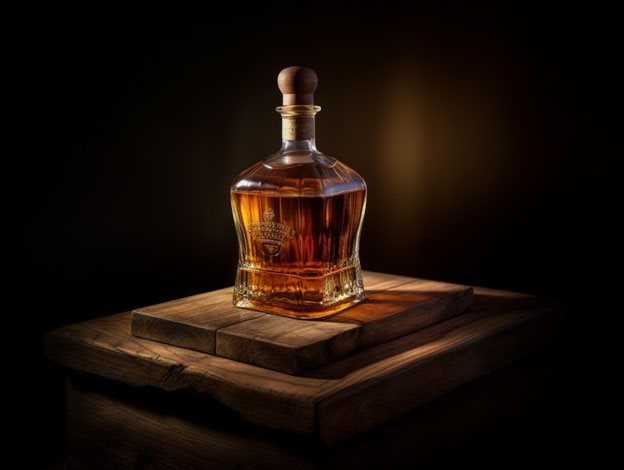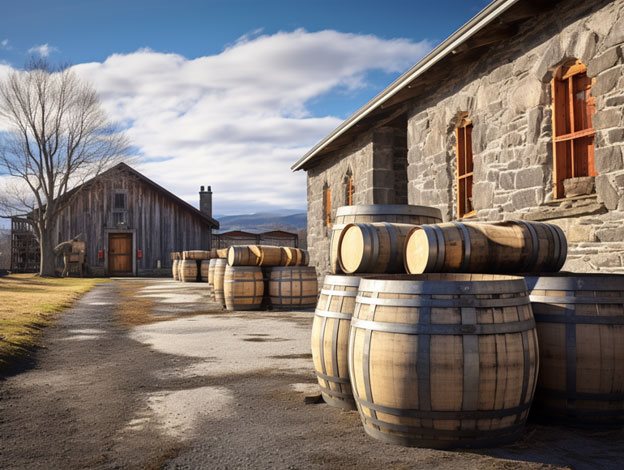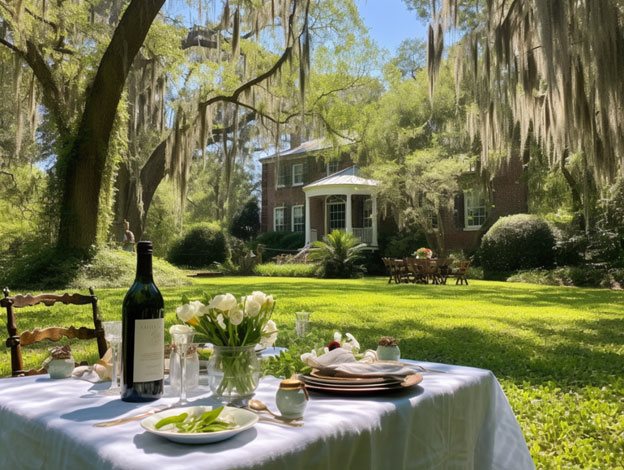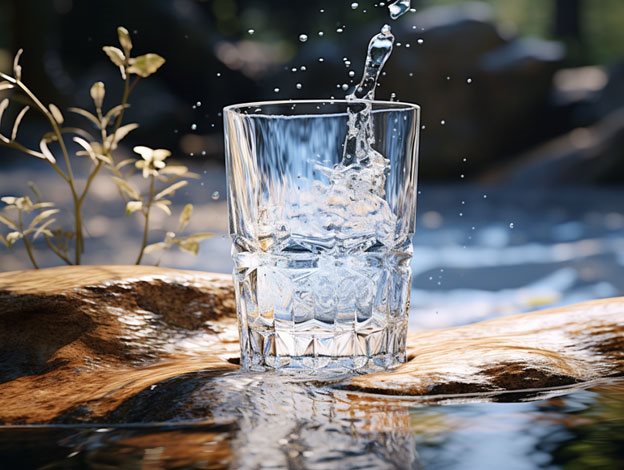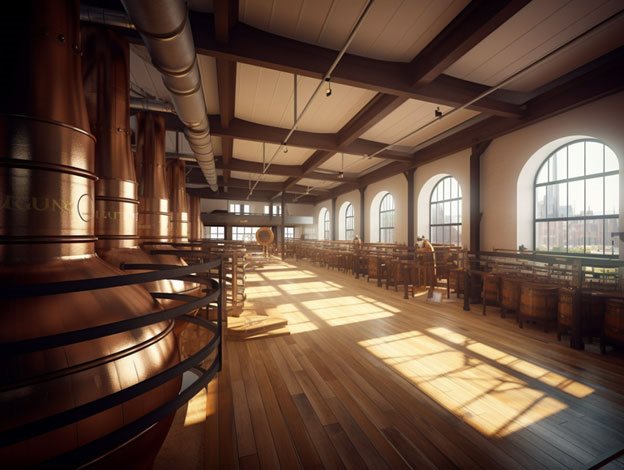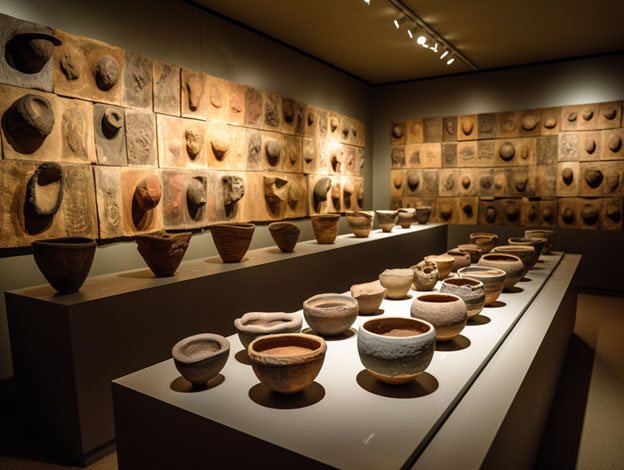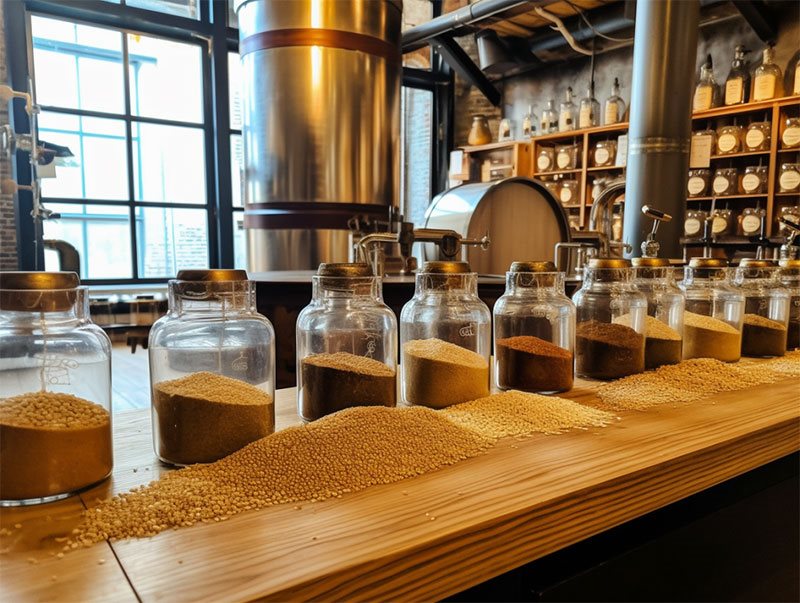Aging is a critical stage in whiskey production. The choice of cask, the length of maturation, and the aging environment all influence the spirit's final character. But what are the chemical processes that occur during this period, and how do they affect the taste and quality of the whiskey? Let's take a closer look.
Transformation of Raw Spirit
The distillation process provides us with a raw spirit, typically clear, harsh, and lacking the complexity and depth we associate with whiskey. The maturation process transforms this raw spirit into a flavorful and enjoyable whiskey through a series of complex chemical reactions.
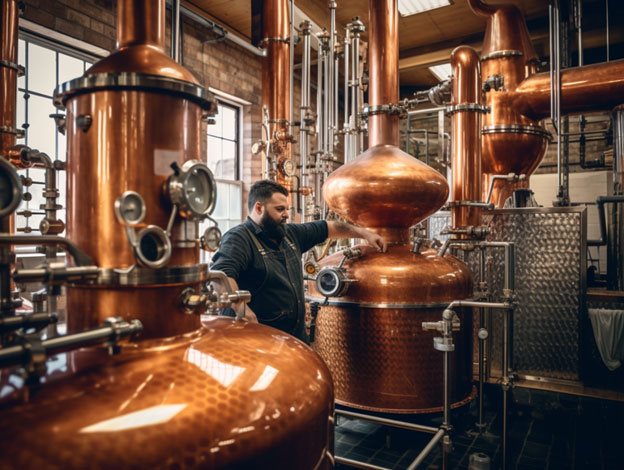
Interaction with Wood
The aging process primarily happens in wooden barrels, traditionally made of oak. The barrel's wood plays a crucial role in the aging process, with three significant aspects to consider.
- Extraction: During aging, the whiskey absorbs compounds from the wood, including lignin, cellulose, hemicellulose, and tannins. When lignin breaks down, it produces vanillin, contributing to the sweet, vanilla-like flavor found in whiskey. The breakdown of hemicellulose releases wood sugars, which caramelize and add to the sweet and toasty flavors.
- Oxidation: A slow process of oxidation occurs during aging. The whiskey reacts with the air, subtly changing the chemical makeup of the spirit, mellowing its harsh notes, and adding complexity.
- Evaporation: Known as the "Angel's share", a small portion of the whiskey evaporates during maturation. This evaporation alters the concentration of compounds in the whiskey and contributes to its final flavor profile.
Effect of Charring or Toasting
Before being filled with spirit, the interior of the barrels is often charred or toasted. This process alters the chemical structure of the wood, leading to the creation of a layer known as the "red layer" or "caramel layer". This layer not only acts as a filter for sulfur compounds and other unwanted elements in the raw spirit, improving the whiskey's flavor and aroma, but it also contributes compounds like lactones (which provide coconut and woody notes) and tannins (which add dryness and complexity).
Influence of Aging Duration
The length of the aging process has a significant effect on the whiskey's taste and quality. Over time, the spirit will continue to draw flavors from the wood and mellow through oxidation. However, this is not a linear process. There is a point at which the spirit can become overly woody or tannic. Each whiskey has its "optimal" aging time, which depends on factors like the distillation method, the type of grain used, the aging environment, and the type and size of the cask.
Environmental Factors
The aging environment also impacts the maturation process. Ambient temperature and humidity can influence the rate of aging and the types of flavors developed. In warmer climates, whiskey tends to mature faster and have a fuller body than in cooler climates.
Conclusion
In conclusion, the aging process is an intricate interplay of chemical reactions that are fundamental to the production of whiskey. This maturation stage contributes to the spirit's flavor, aroma, color, and overall quality, transforming the raw distillate into a complex and enjoyable drink. Through the combination of time, wood, and environment, each whiskey develops a unique character, a testament to the art and science of whiskey making.


